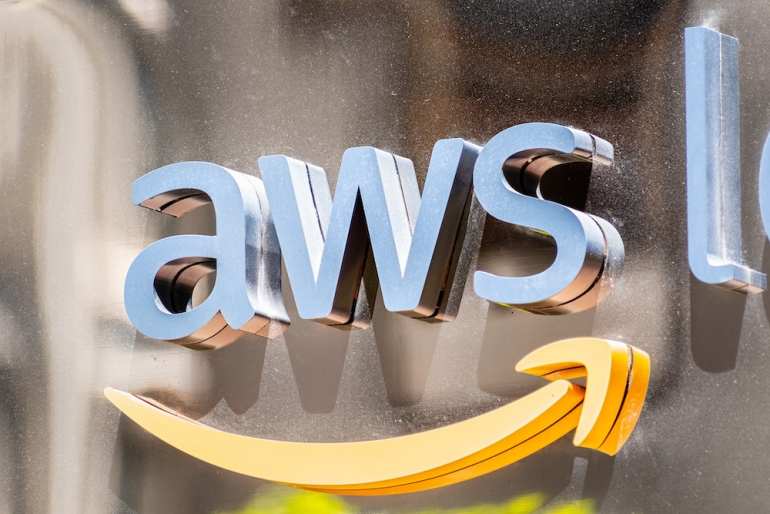Research firm also predicts the cloud market will become more lucrative amidst a global economic downturn.

Cloud computing has continued to shape the trajectory of major IT business operations around the globe. With Gartner suggesting that worldwide end-user public cloud spending will shoot up to $600 billion in 2023, many businesses will be looking forward to more forecasts that will guide their future cloud engagements. To that end, Forrester has revealed its predictions for the future of cloud computing in 2023.
SEE: Hiring Kit: Cloud Engineer (TechRepublic Premium)
According to the research firm, economic uncertainty, cloud-native technology and demands for data sovereignty will reshape the cloud environment in 2023. A major public cloud player will buy a software-as-a-service provider, enterprises seeking to cut down on cloud spending will turn to third-party providers for vendor-neutral cloud services and “national” clouds will gather momentum, with the big German banks embracing such solutions.
Expounding the report
The global economy has not made a full rebound from the pandemic that ravaged it in 2020 and this has left many businesses wallowing in economic uncertainties. With the 2022 global inflation outlook not showing signs that it will slow, more businesses are on the lookout for dependable means to cut down on the cost of running their businesses while still maintaining their capacity to scale and innovate according to demands.
According to Forrester, for businesses to achieve these feats simultaneously and attain greater efficiency through cloud-native technologies such as Kubernetes, they will lower investment in legacy systems or come up with plans to retire them.
The report points out that companies will pay more attention to cloud spending due to inflation. This move would benefit third-party cloud cost management and optimization providers, offering a clear-eyed, vendor-neutral approach. Although this development would rattle the big players or hyperscalers in the cloud market, they will adapt by luring customers with services that are more efficient, easier to adopt and offer sovereign capabilities alongside stronger security.
The predictions and their impact on the future of cloud computing
According to Forrester’s Infrastructure Cloud Survey, 2022, cloud decision-makers have implemented containerized applications that account for half of the total in their organizations, which has accelerated their ability to scale. This portends that more companies will invest in Kubernetes as their major compute infrastructure.
This Forrester forecast corroborates IDC Worldwide Cloud 2022 Predictions, which holds that by 2024, the majority of legacy applications will receive some modernization to improve efficiency. As a result, the deployment of virtual machines to accelerate computing will be drastically reduced in the coming year.
Forrester also predicts that Amazon Web Services will be under pressure in 2023 to match the security provisions of its main competitors in the cloud market — Google and Microsoft. This is predicated on the fact that Google recently beefed up its security portfolio through the acquisition of Mandiant, while Microsoft built its defender offerings, including a managed detection and response service.
AWS may complement its silicon-focused security approach by acquiring an MDR vendor, but any move made to acquire such a vendor would not go unnoticed. Consequently, Forrester forecasts that this competition to keep up with cloud security trends will drive Microsoft to scoop up other security vendors to prevent rivals from buying them.
Forrester says that for Google to compete favorably with AWS and Azure, it might need to acquire one or two key SaaS providers. Forrester claims that buying a significant SaaS provider would boost Google’s chances of penetrating further into the enterprise, reducing the gap between these key cloud players.
According to Forrester, more companies will rely on third-party CCMO tools to track and curtail uncontrolled costs in a bid to monitor cloud spending and keep their businesses running amid the ravaging effects of inflation.
The report pointed out that while many cloud users still use cloud-native tooling for its cost-free access and light optimization capabilities, a majority choose third-party CCMO tools for their ease of use and in-depth capabilities. With more organizations pushing for better multi-cloud visibility and optimization, Forrester predicts that Apptio’s Cloudability and Flexera One will benefit greatly from this demand.
The report suggests that we may witness a major customer shift from CloudHealth to Apptio’s Cloudability and Flexera One as Broadcom’s acquisition of VMware slows CloudHealth’s momentum. It also notes that there will be a major move for sovereign cloud services by top German financial services providers and other European countries. Cloud key players, such as AWS, Microsoft and Google Cloud, have stepped up the pace to provide services for the German sovereign cloud. Furthermore, with Italy announcing its commitment to move for a sovereign cloud, the report predicts that other European countries will follow this trend in 2023.
From this report, one can deduce that regardless of the economic downturn facing 2023, the cloud market is likely to remain very lucrative. Consider that a recent Snowflake report revealed that just 25% of workloads are currently hosted in the public cloud. This suggests that the big cloud infrastructure players still have enough room to keep growing in years to come.
Read more about cloud computing with these recent TechRepublic articles on the advantages, disadvantages and the top five careers to explore.
